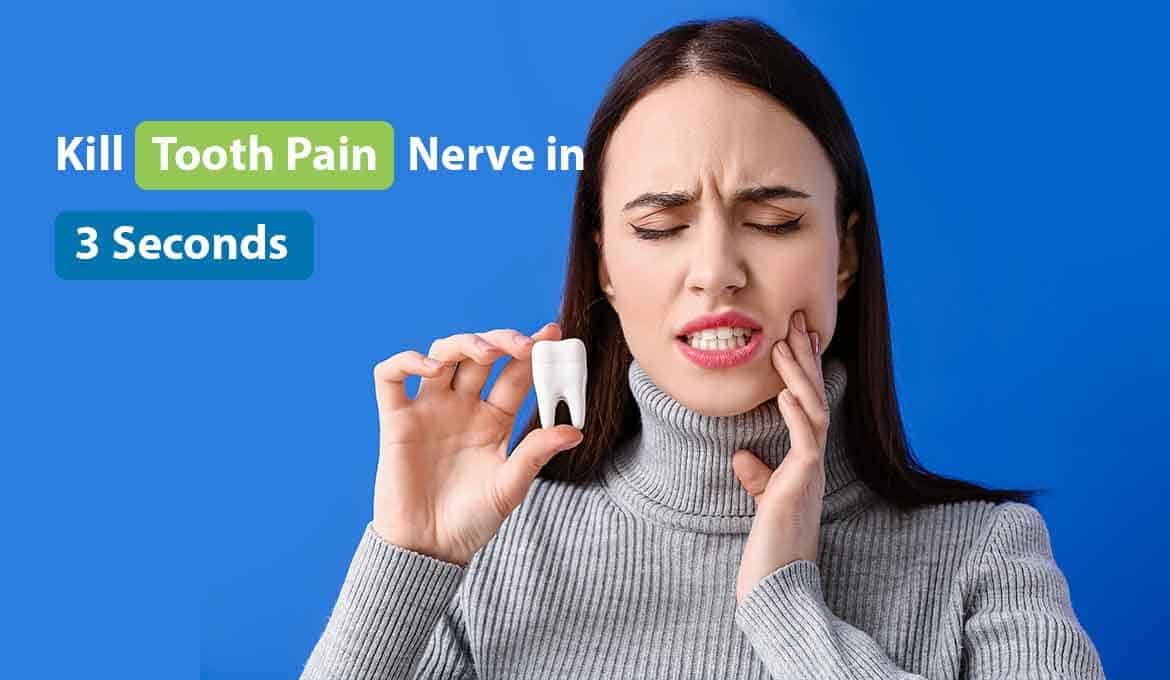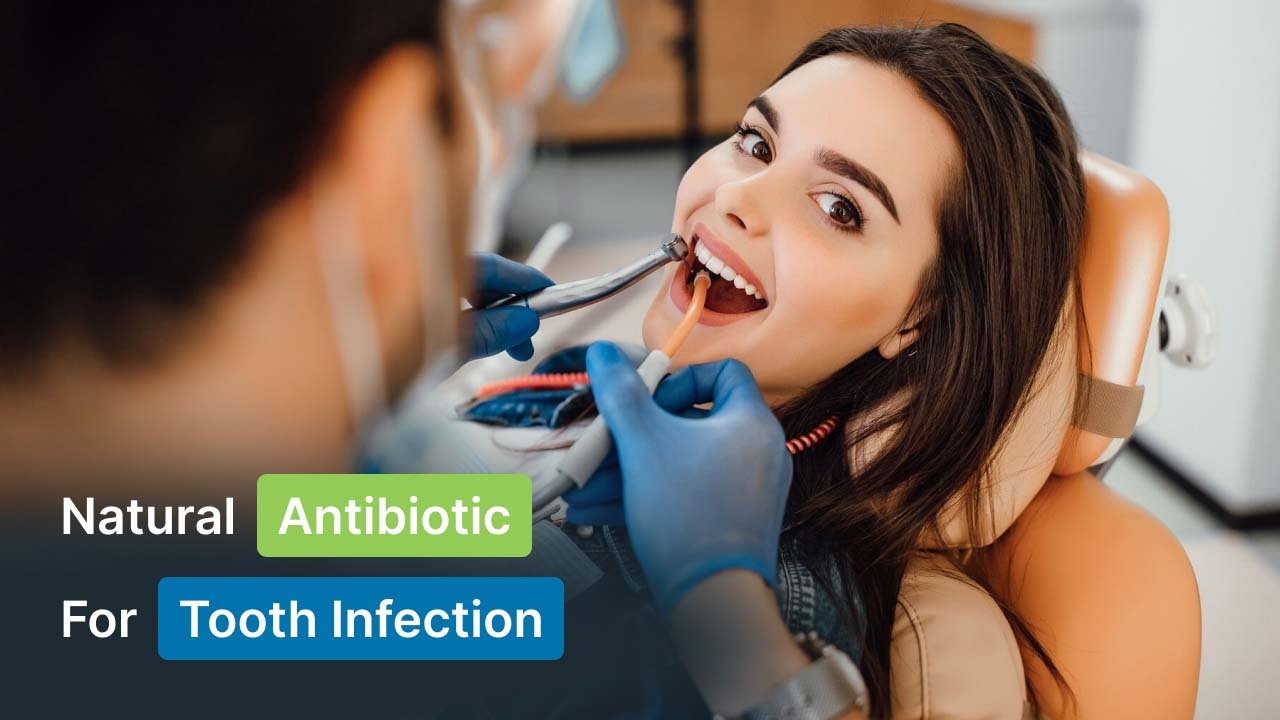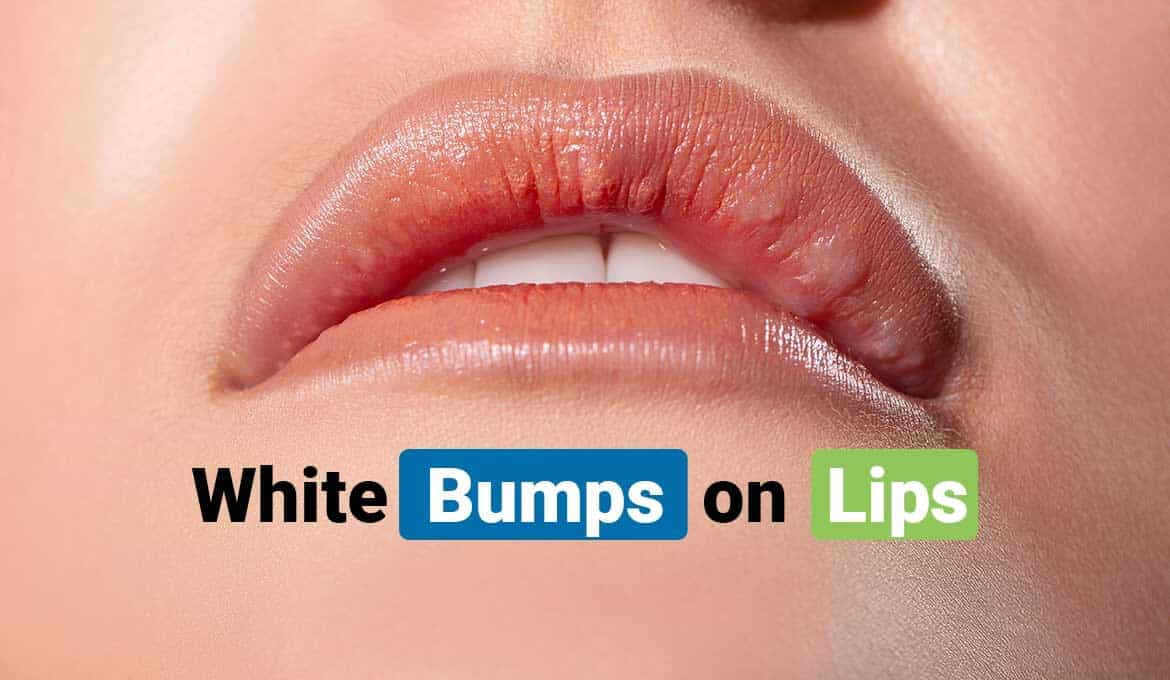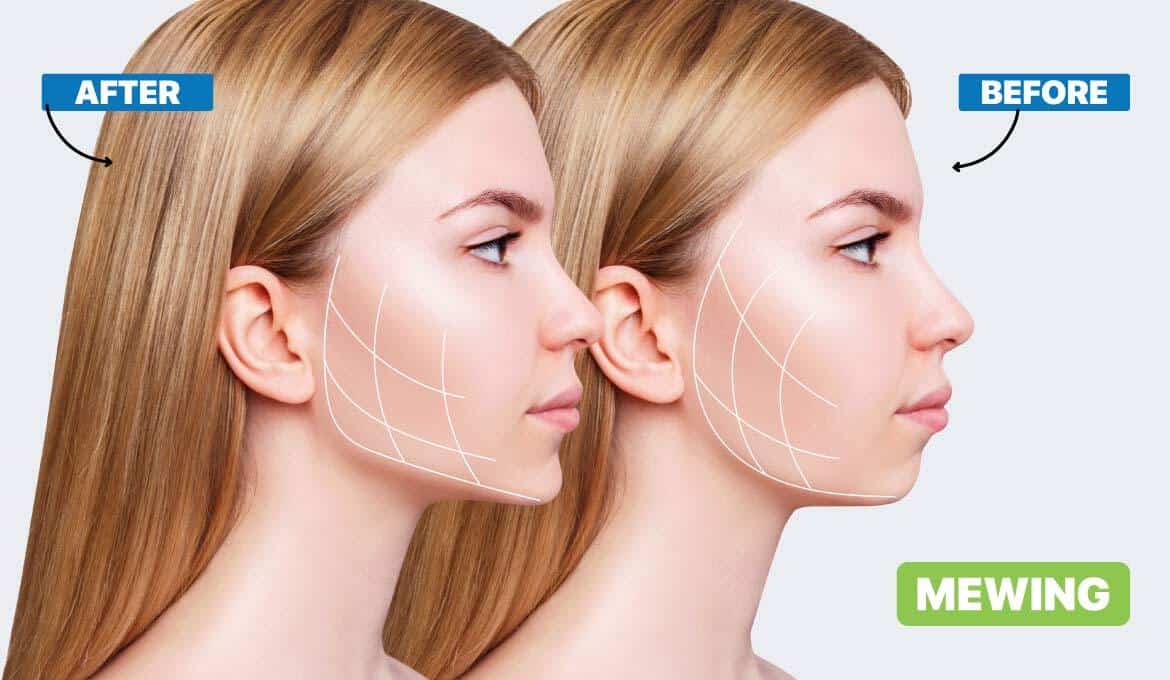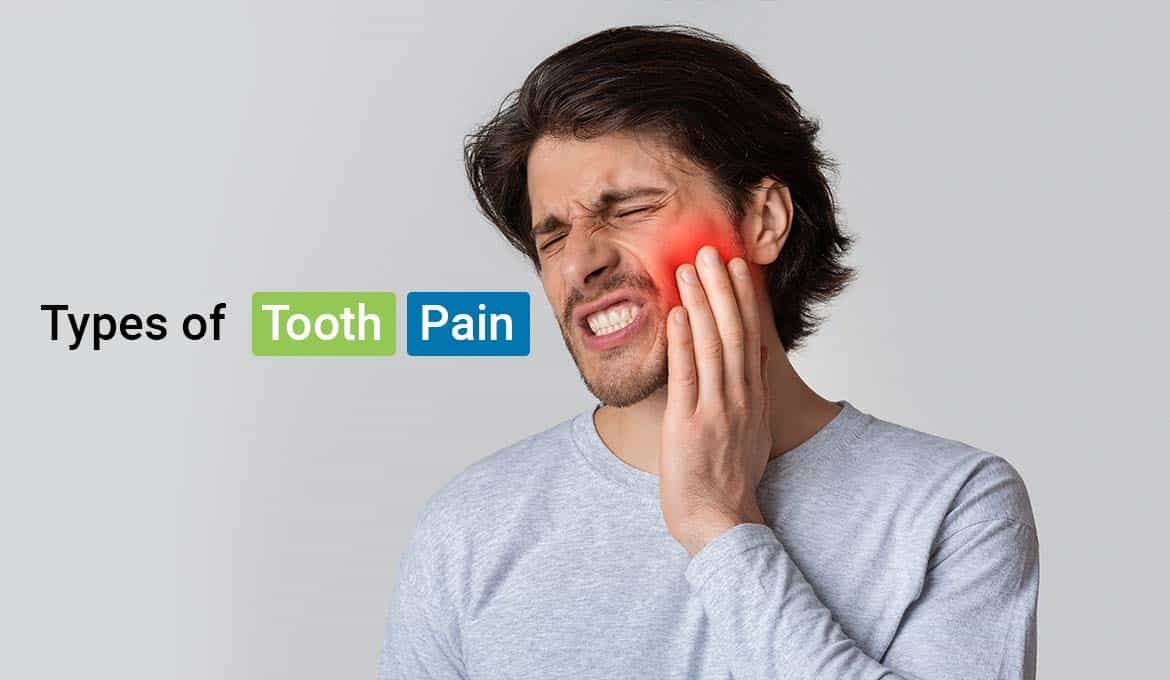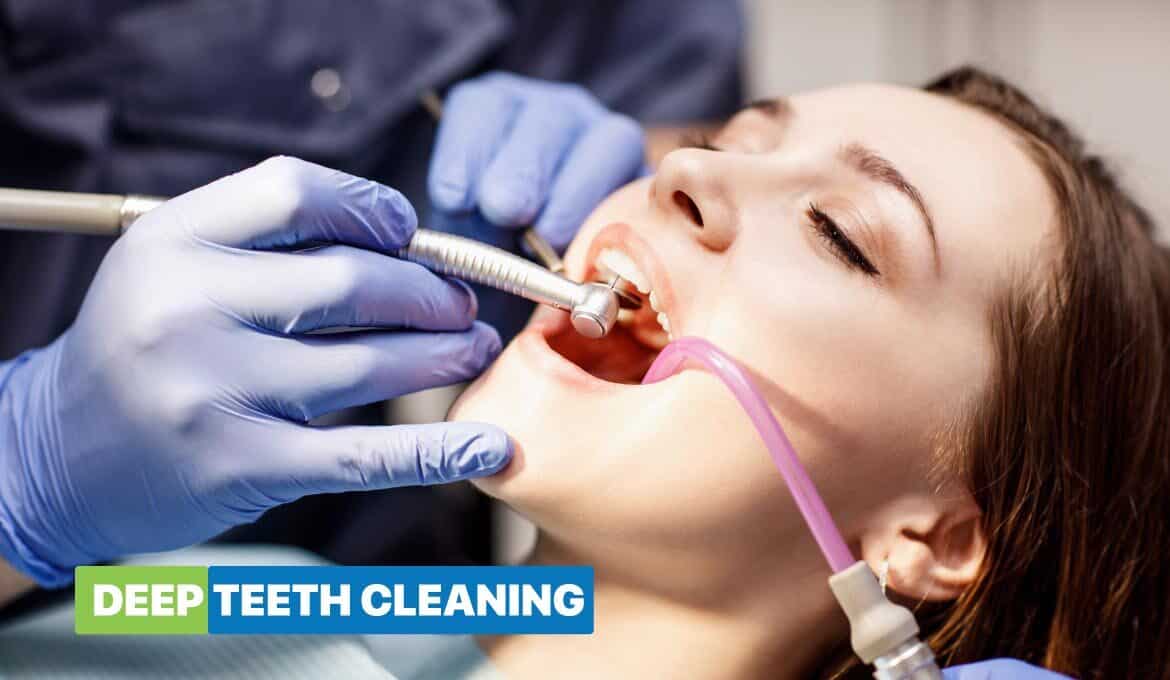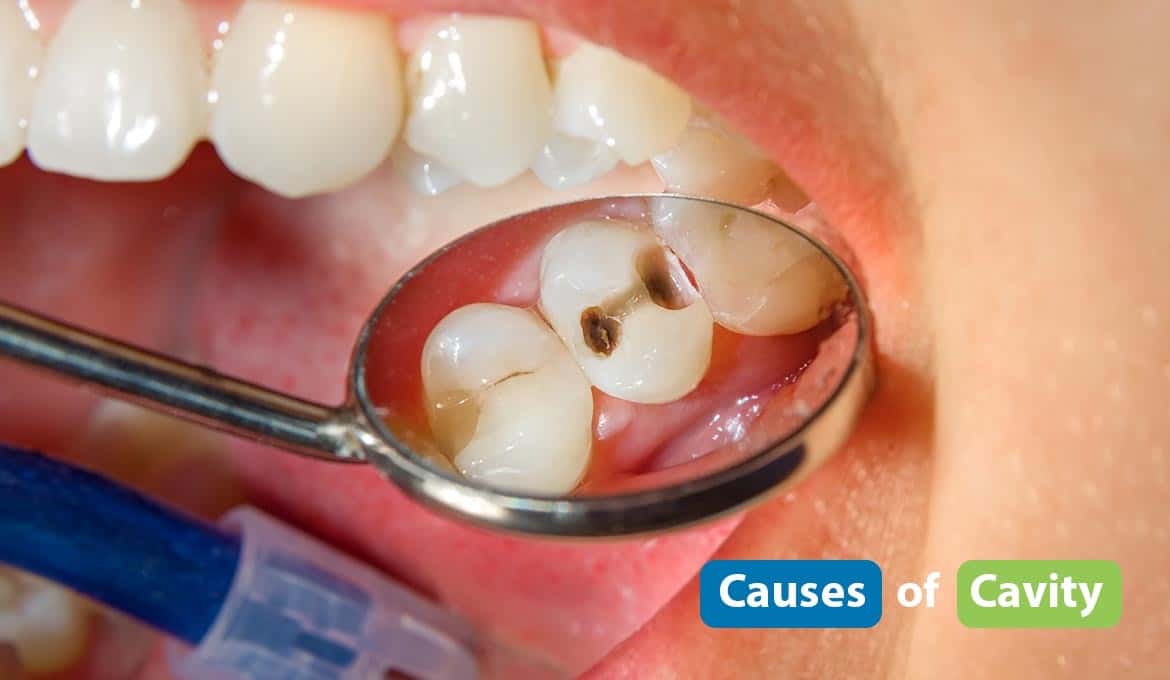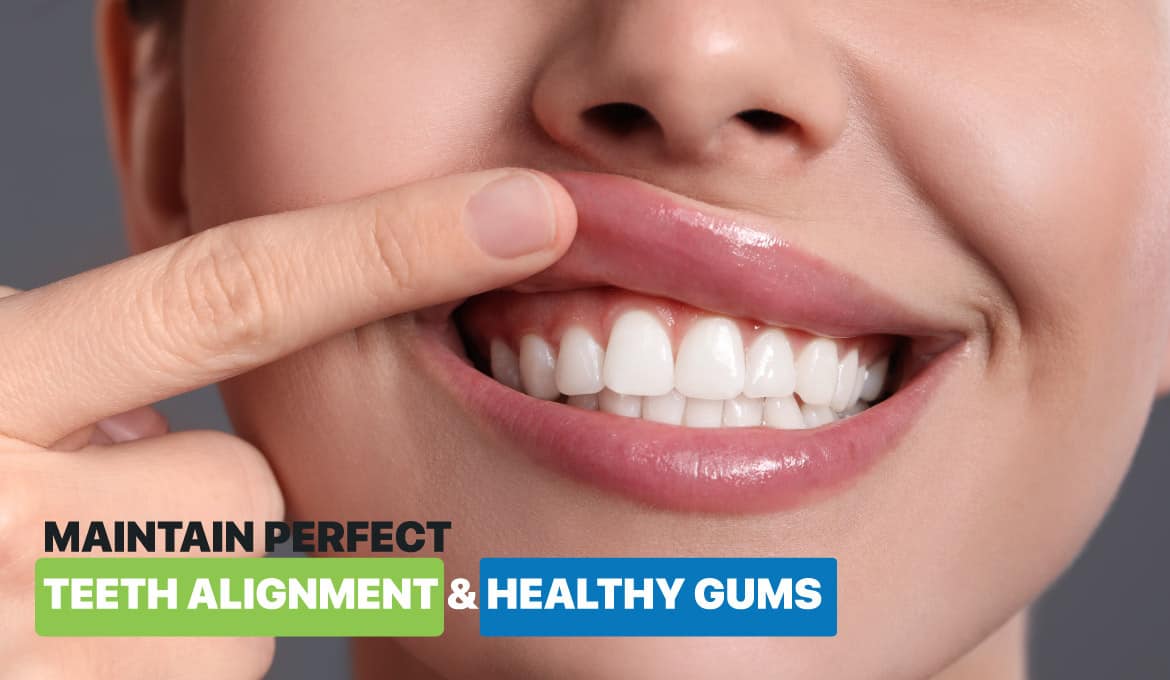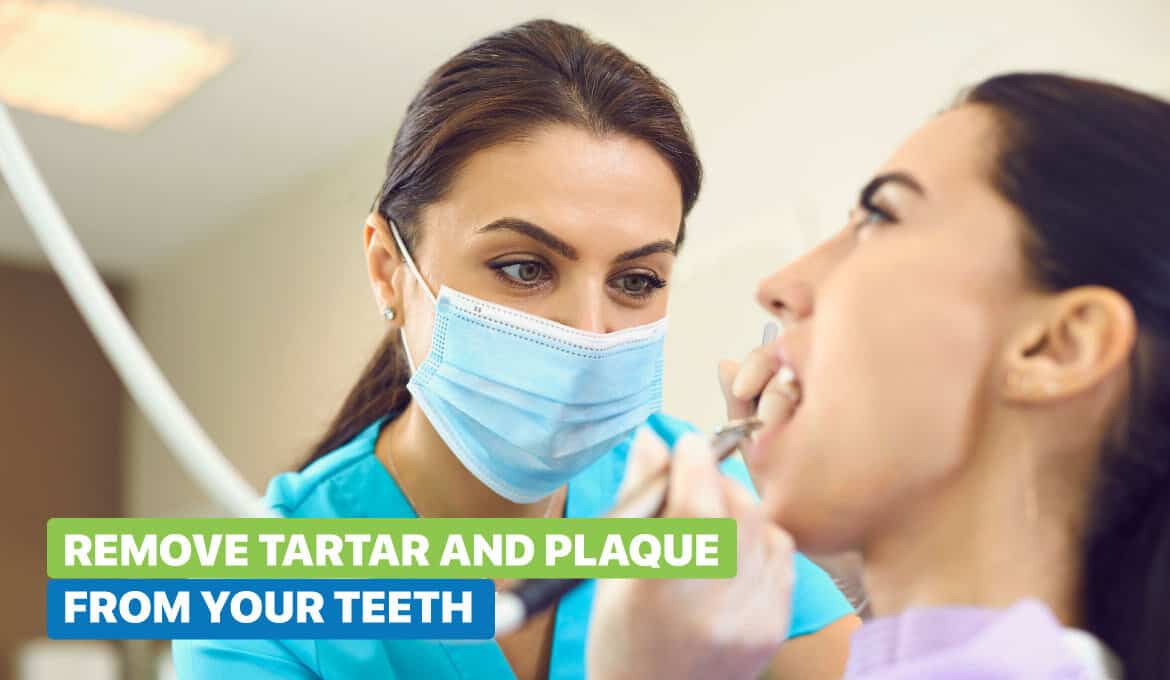
Plaque or Tartar is a sticky film covering teeth and containing bacteria. Not removing the plaque or tartar from the teeth may lead to mouth odor and other severe dental ailments.
A film on the teeth is the only symptom of dental plaque. Sometimes, people notice other symptoms like receding gums, bad breath, pain, or bleeding gums. Brushing at least twice daily and flossing once daily can help prevent plaque.
When you eat, the bacteria break down carbohydrates from food into acid in the mouth. This mixes with the excess saliva and food particles, creating plaque.
Brushing regularly and flossing can prevent plaque from forming. However, once formed, tartar can be difficult to remove. Therefore you might need to see your dentist to remove the tartar from your teeth.
Additionally, poor oral hygiene can also cause bad breath, tooth decay, and gum disease. Studies have also discovered the potential relationship between gum disease and other health conditions, including dementia, pneumonia, and heart problems.
This article will explore the simple ways to get rid of plaque and prevent tartar from building on your teeth.
What is plaque?
Plaque is a soft, colorless build-up on the teeth and is visible if you have not brushed your teeth. If plaque is not removed, it becomes hard and turns into tartar.
Tartar gets harder to remove when it forms on the gum line, leading to bleeding gums. This is also known as gingivitis, an early-stage gum disease.
What causes plaque?
Foods high in carbs, including milk, soda, raisins, cakes, or candy that are frequently left on the teeth, can cause plaque. These meals are an ideal source of oral bacteria which in turn produce acid.
These acids gradually erode the tooth enamel, causing decay over time. Additionally, plaque can grow on the gum-lined tooth root causing harm to the bone that supports the tooth.
A gum disease caused by plaque buildup is known as gingivitis, characterized by swollen gums that sometimes cause bleeding. Severe periodontal gum disease can develop over a period of time. Because gum tissues push away from the tooth, bacteria are able to destroy the bone that supports the teeth.
How plaque causes tartar development?
Plaque buildup can cause severe health problems. Bacteria produce acid by feeding on the sugar in the food you eat, which can harm your teeth and cause cavities. The bacteria can also develop toxins that can increase the risk of periodontal (gum) disease.
Teeth with a plaque mix with the minerals in your saliva and form tough tartar, also known as calculus. Tartar can form over or below the gum line. Tartar is a foundation for plaque bacteria to develop and multiply quickly.
Unlike tough tartar, plaque can be removed easily by brushing or flossing. To remove tartar, you need to consult your dentist. The dentist will use specific tools to remove tartar, the technique called “scale and polish.”
Scaling means removing or picking off the tartar from the teeth, while polishing provides smoothness and shine to the teeth.
How to remove plaque and tartar from your teeth?
The only way to prevent plaque or tartar from forming is to brush twice a day. Use a soft bristle toothbrush and replace it every three months. Consider using electric toothbrushes that can remove plaque more effectively than manual ones.
Here are the five best ways you can remove plaque from your teeth.
1. Use baking soda
Baking soda is a fine white powder that also has various household uses. Brushing with baking soda can effectively remove plaque from your teeth. Although it can not protect your teeth from cavities like fluoride toothpaste, it is considered a good teeth cleanser.
According to some studies, toothpaste containing baking soda has antibacterial properties that protect your teeth from decay.
2. Oil pulling
Oil pulling is an ancient method of cleaning your mouth and teeth. It reduces the risk of cavities, bad breath, and gum inflammation. Using coconut oil for oil pulling is becoming increasingly popular.
To do oil pulling, take a tablespoon (tbsp) or 15 milliliters (ml) of oil in your mouth and swish it around for about 15 to 20 minutes.
The primary benefit of oil pulling is that it reduces the volume of harmful bacteria in the mouth.
3. Fluoride treatment
Getting a professional fluoride treatment from your dentist is very helpful in removing the tough plaque on your teeth. The dentist applies topical fluoride as foam or concentrated gel during a fluoride treatment. This helps to prevent tooth decay and stop it from getting severe.
4. Use an antiseptic mouth cleanser
Regularly using mouthwash or oral cleansers helps remove bacteria and germs, reduces the risk of oral cavities, and helps prevent plaque buildup.
5. Visit a doctor
See your doctor every six months for check-ups and teeth cleaning. Doing this will help you avoid the risk of cavities and other dental problems.
Conclusion
Good dental health is a vital component of a person's overall health. Maintaining good dental health is essential to ensure you can consume your nutrition through food.
Furthermore, having good dental health can leave you with a great sense of confidence and self-esteem. Poor dental health results in signs like stained teeth and bad breath, leaving you feeling under-confident to face social occasions.
Maintaining good dental hygiene can help you tackle such situations with ease and confidence.
The more you care for your teeth, the less chance of plaque and tartar will form on them. Brush your teeth at least twice a day, and floss once to avoid plaque forming.
Also, always see your dentist for tartar removal and preventative care. Taking care of your overall dental health and maintaining oral hygiene will keep you healthier for a more extended period of time.
If you are concerned about your dental problem with the formation of plaque and tartar on your teeth, consult your dentist immediately. The sooner you treat your dental issues, the less damage it's likely to cause.
FAQs
1. How often should plaque be removed?
Ans: Dental plaque is one of the most disgusting problems. Brushing twice daily and flossing once daily is the best way to eliminate plaque and keep your teeth and gums healthy.
2. How long does plaque removal last?
Ans: A dental cleaning can take up to 30 minutes to an hour. During this process, the dentist will ask you to lie back in a comfortable dental chair while they examine your teeth. The dentist will remove the plaque and tartar before polishing your enamel with a soft abrasive paste.
3. Is plaque on teeth permanent?
Ans: Plaque contains bacteria, which produce acids that affect your tooth enamel and can damage your gums. If not treated, the damage can become permanent.
4. Is plaque removal painful?
Ans: The Tartar removal process could be painful, but it is not always the case and is based on several aspects. If you are suffering from sensitive teeth or other dental diseases like gingivitis or periodontitis, removing tartar will be painful.
5. What Colour is plaque?
Ans: Plaque causes tooth decay and gum disease. It is difficult to see with the bare eyes because it is whitish-colored, like teeth.
Read Also:

